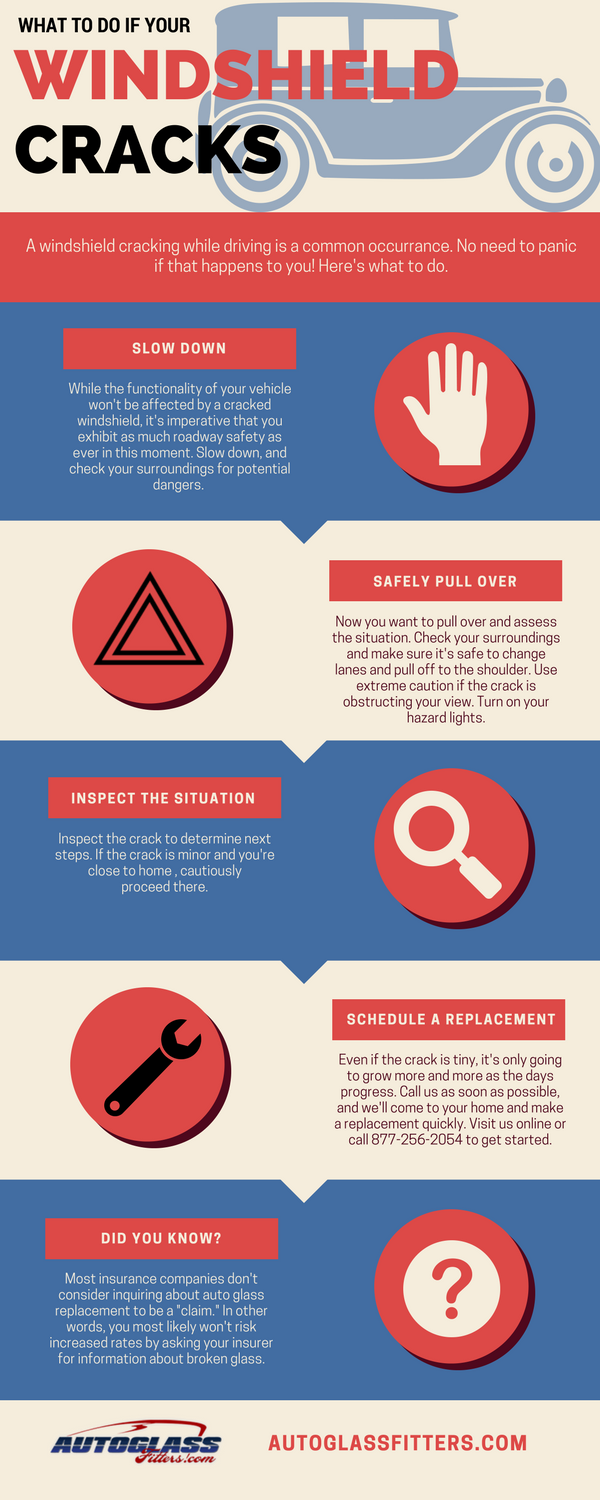One Of The Most Effective Stress Cleaning Practices For Every Single Surface Area Category
One Of The Most Effective Stress Cleaning Practices For Every Single Surface Area Category
Blog Article
Created By-Coley Nixon
When it concerns pressure washing, the method you select can make all the distinction in accomplishing a tidy, streak-free coating. You could locate that tough surfaces, like concrete, call for a various method than softer products, such as wood or vinyl. It's important to adapt your approaches to the surface area kind to avoid damages while making best use of cleansing effectiveness. So, what are the very best methods for each and every surface area, and just how can you ensure you're using the best settings and devices for the work? Allow's explore what you require to know to get the best outcomes.
Tough Surfaces
When it comes to pressure washing hard surfaces, preparation is essential. Prior to you also consider taking out the stress washer, take the time to get rid of the location of any debris, furniture, or obstacles. You do not desire anything entering your way or potentially damaging your devices.
Next off, check the surface for any splits or damage; this will certainly assist you determine the appropriate method and stress setups.
As soon as you've prepared the area, it's necessary to select the best nozzle. For hard surface areas like concrete or brick, a narrow nozzle (15 or 25 degrees) works best to provide a concentrated stream of water that can properly eliminate gunk and stains. Constantly begin at a distance and gradually relocate better to prevent any type of surface area damages.
As you begin washing, maintain the stick relocating to protect against touches and over-saturation. It's also useful to work from the top down, permitting dust and particles to get rid of naturally.
Lastly, keep in mind to rinse the surface completely after cleansing to remove any leftover detergent. With these methods, you'll accomplish a tidy and renewed look on all your hard surfaces.
Soft Surfaces
Pressure cleaning soft surface areas needs a gentler method to secure them from damages. Whether you're cleaning your deck, patio furniture, or house siding, using too much stress can bring about dents, scratches, or perhaps irreparable harm.
Begin by picking a low-pressure nozzle, ideally a 25-degree or larger spray pattern, to disperse the water extra gently.
Prior to you start, it's crucial to pre-treat any kind of discolorations with a suitable cleaning solution. This step allows the cleaner to permeate the dirt and grime, making it easier to wash away without rubbing too hard.
Always use the solution from all-time low up to protect against streaking.
When you start stress cleaning, keep a range of at least 12 to 18 inches from the surface area. Move your wand in a sweeping motion, keeping it parallel to the surface area to stay clear of concentrated pressure on one spot.
Rinse the area extensively after cleaning up to remove any kind of residual cleaner.
Finally, check the surface for any kind of missed places and repeat the process if required. By adhering to these steps, you can efficiently tidy soft surface areas while maintaining their integrity and look.
Specialized Surfaces
Cleansing soft surface areas needs treatment, yet specialized surface areas require much more attention to detail. When you deal with these surfaces, like delicate wood, discolored concrete, or specific sorts of exterior siding, utilizing the ideal stress cleaning techniques is vital to prevent damage.
Initially, examine the product. For instance, treated timber can commonly endure modest stress, yet softer timbers like cedar might need a reduced setting. Always start with the lowest stress and gradually raise if necessary.
For tarnished concrete, use a fan spray nozzle and maintain a regular distance to prevent etching the surface area.
When managing surfaces like plastic house siding or repainted surfaces, a large spray pattern assists disperse the stress uniformly, protecting the surface.
It's also smart to utilize cleaning agents specifically made for specialty surfaces. https://officecleaners77766.dgbloggers.com/32954596/the-ultimate-overview-to-picking-the-right-home-window-cleaning-company-for-your-demands can boost cleaning without endangering the product.
Rinse extensively after cleaning to get rid of any deposit, as it can result in staining or wear and tear with time.
https://www.express.co.uk/life-style/property/1589817/cleaning-how-to-clean-oven-door-remove-ifl
In conclusion, grasping stress washing methods for different surface areas can make all the difference in your cleansing results. For hard surface areas, stay with narrow nozzles and a top-to-bottom method, while soft surfaces need a gentler touch with wider nozzles. Don't fail to remember to pre-treat stains and wash thoroughly to prevent deposit. By adjusting your methods to every product, you'll not just attain a cleaner surface but likewise protect the integrity of your surfaces. Satisfied cleansing!
